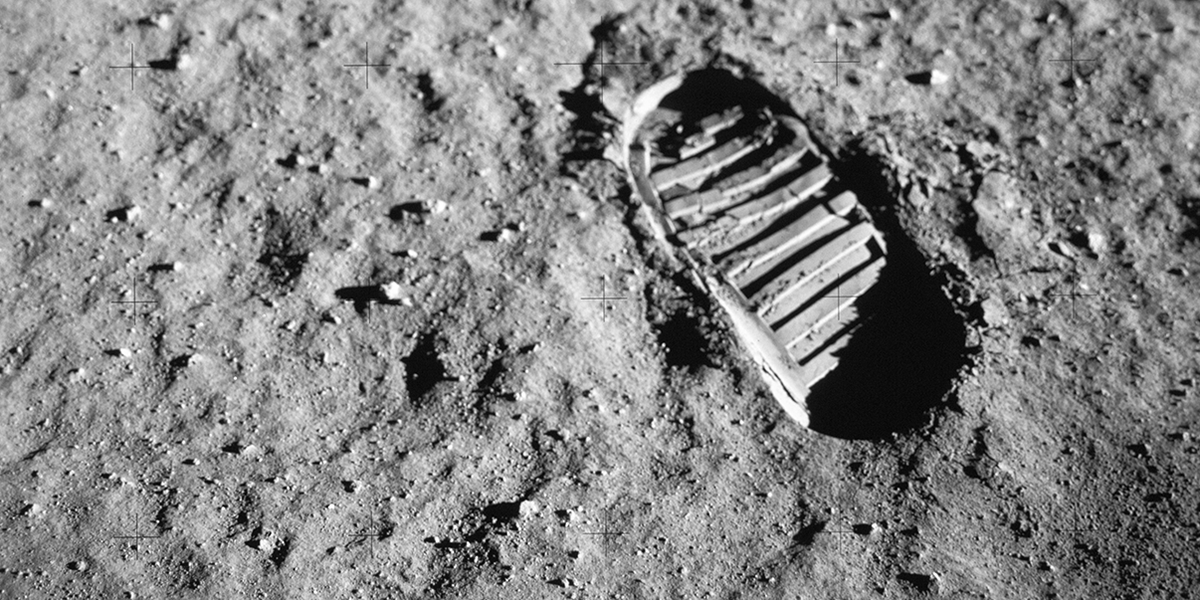Antti Penttilä studies light scattering in space
University researcher and docent in planetary sciences Antti Penttilä from the University of Helsinki, Finland, uses LUMI to study light scattering in space.
“The topic of my project is multiple scattering of light in planetary regolith (loose dust and grains on top of atmosphereless solar system objects such as asteroids and moons) surfaces, especially on the Moon. In more detail, we want to concentrate on polarized light scattering and utilize the observations of the Korean lunar orbiter Danuri.”
”Almost all our knowledge about distant bodies in our solar system comes from observing the sunlight they reflect with telescopes, or sometimes with cameras on board spacecrafts in space missions. Therefore, understanding how light is reflected and absorbed by the surface, that is, scattered, is of uttermost importance in deriving the properties and composition of the surface.”
The project is a continuation of an earlier collaboration
Antti Penttilä collaborates with Dr. Gorden Videen from the Space Science Institute in Colorado, USA.
“I have known Dr. Videen for a long time already and we have a few joint publications, and now this project offered a nice possibility for working together with lunar polarization data.”
Cooperation opens up access to interesting observational data and samples.
“Dr. Videen has a scientist’s role in the Danuri polarimetric camera and thus an access to the observational data from the ongoing mission. He has also manufactured regolith analogue samples that we can both characterize and measure in Helsinki.”
LUMI removing bottlenecks in modelling
LUMI is used to solve very heavy computational models of regolith and its light-scattering properties.
“The models involve numerical solving of Maxwell’s equations in situations where approximative models based on radiative transfer are not suitable, or at least need to be verified. These numerical solvers are computationally very heavy and typically scale to multiple processors only when there is also a fast memory connection between the cores, meaning they need a supercomputer such as LUMI.”
The use of the LUMI supercomputer thus enables the calculation of significantly larger models than before.
“The capabilities of LUMI allow us to run models involving significantly larger physical dimensions of the regolith, which has been always the bottleneck in the models.”
Text: Pihla Kauranen, Maari Alanko & Elisa Halonen
Photo: A close-up view of the bootprint on lunar regolith by Buzz Aldrin during the Apollo 11 mission. Image credit: NASA.
Fostering international research collaboration
In this blog series, we’ll delve into collaborative efforts of seven international research collaboration projects between Finland-Japan and Finland-Colorado that use LUMI supercomputer to address global challenges and top-level research topics in different fields.
Join us as we interview the project leads and hear how these collaborations came to life and how they utilise LUMI for cutting edge research in their field!
